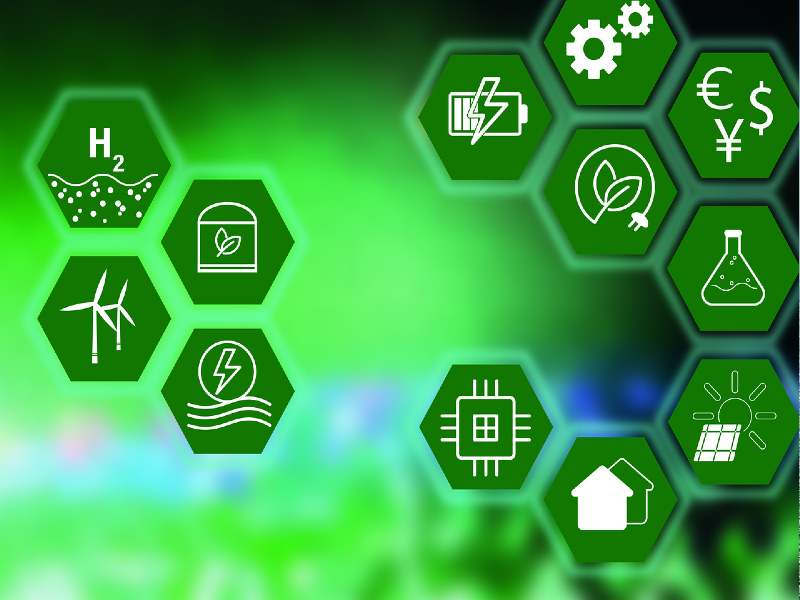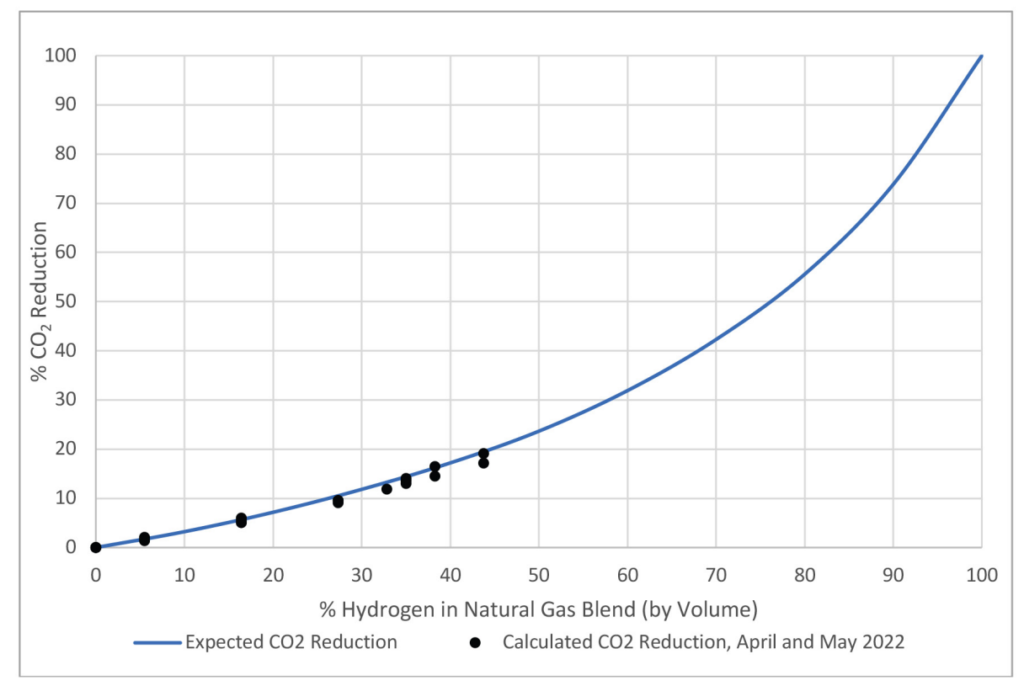
The New York Power Authority (NYPA) said a recently completed demonstration showed reduced CO2 emissions when blending hydrogen with natural gas to generate power at NYPA’s Brentwood Small Clean Power Plant on Long Island.
The demonstration project, led by NYPA, the Electric Power Research Institute (EPRI), GE and Airgas, is the first retrofit of an existing NYPA facility that enabled use of hydrogen blended with natural gas.
The project took place between autumn 2021 to spring 2022 and used blends of 5%-44% hydrogen to identify and document any resulting impacts on GE’s LM-6000 combustion turbine engine and plant operations.
The results found that following expected trends, carbon emissions decreased as the amount of hydrogen increased.
In addition, at steady state conditions, the exhaust stack NOx, CO, and ammonia slip levels showed that emissions could be maintained below the New York State Department of Environmental Conservation (DEC) Title V Regulatory Permit using existing post-combustion emissions reduction systems, with no known detrimental effects on gas turbine operations.

Expected and calculated CO2 emission reductions for natural gas/hydrogen blends. Credit: NYPA
The 45 MW Brentwood plant consists of a GE LM6000 GT equipped with single annular combustion (SAC) technology. SAC is not a dry-low emissions combustor technology and requires water injection for NOx control.
The plant is also equipped with post-combustion catalyst systems for NOx and CO control. The plant’s location and layout, along with its relatively low capacity factor as a peaking unit, facilitated the temporary modifications required for this demonstration project.
Here are some specific findings:
• CO2 mass emission rates (tonne/hr) decreased as hydrogen fuel percentages increased. At 47 MWg (megawatt gross), CO2 mass emission rates were reduced by approximately 14% when using 35% hydrogen cofiring.
• At steady water injection conditions, other emissions including NOx (nitrogen oxides), CO (carbon monoxide) and ammonia levels were maintained below regulatory operating permit limits, using the existing SCR (selective catalytic reduction) and CO catalyst post-combustion control systems.
• Engine control was stable throughout the duration of the test and combustion equipment was in good condition before, during and after the test.
The report also details several challenges that would prevent ongoing plant operation using the blend, including volume of hydrogen required, little industry experience with blending and restrictive code requirements.
The test represents the first utility-scale hydrogen blending project in New York, which is mandating a zero-emission electricity sector by 2040.
A summary of the demonstration findings and the full report are available on EPRI’s website.